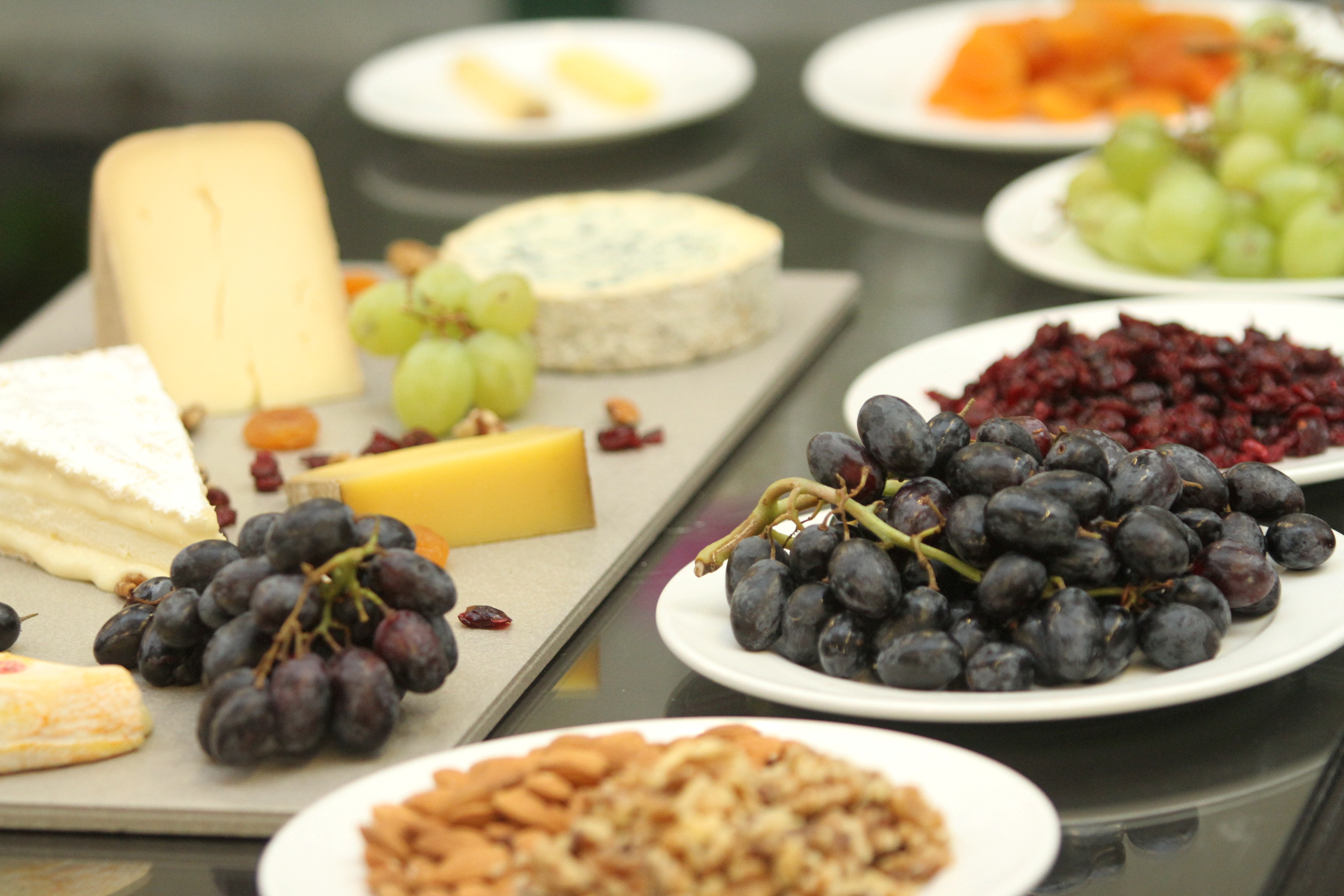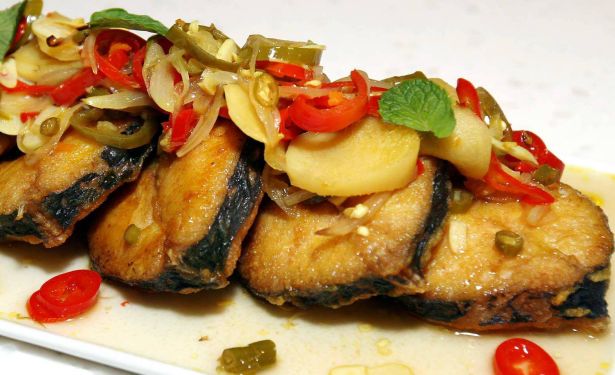CHEESE platters are really about indulging the tastebuds, experimenting with the different combinations and experiencing the range of different nuances that they offer.
According to Chef Jean-Michel Fraisse, a good cheese platter has about four to five types of cheese, and is normally served on a wooden board (in restaurants however, the board may not necessarily be wood due to the different hygiene levels that restaurants need to cater to).
So, first things’ first: what goes on a cheese platter?
Cheese
The rule of thumb is to serve:
- At least one cheese everybody likes (Eg. Brie)
- One cheese of a stronger flavour (Eg. Fourme d’Ambert or a blue cheese)
- One cheese of different texture (Eg. Comte)
Cheese is like art. Everyone has their own personal preference, and there is no one correct cheese to serve. The trick is to vary the textures and flavours served, while including at least one cheese that is a popular favourite.

When serving the cheese, be sure to do these two things:
- Keep cheese out at room temperature for about an hour before serving.
In cooler climates, cheese is normally stored at room temperature to begin with. Locally, however, our room temperature is not as ideal for storing cheese. Therefore, to adapt to the local heat, store cheese in the fridge, and only leave out for 30 minutes or so before serving.
- For round blocks of cheese, slice cheese into wedges along with the rind, instead of slicing the centre portion into cubes.
Accompaniments
Common accompaniments for a cheese platter (top pic) include:
- Nuts (Eg. walnuts, almonds)
- Dried fruits (Eg. Dried apricots, dried cranberries)
- Jams or preserves (Eg. Cherry Jam, blueberry jam, chutneys, etc.)
Never drizzle the jams over the cheese. Instead, serve them on the side and invite your guests to experiment with the different combination of flavours.
Breads
Breads or crackers are one of the staples of a good cheese platter. Make sure to select neutral breads that do not have any additional flavouring in it, so as to not overpower the flavour of the cheese.
Arrange them according to your creative touch on a cheese board (you almost can’t go wrong) along with a cheese knife that can cut both hard and soft cheese, accompany with a sprinkle of dried fruits, nuts, and a healthy dollop of jam, and you’re good to go. Cheesy peasy!





